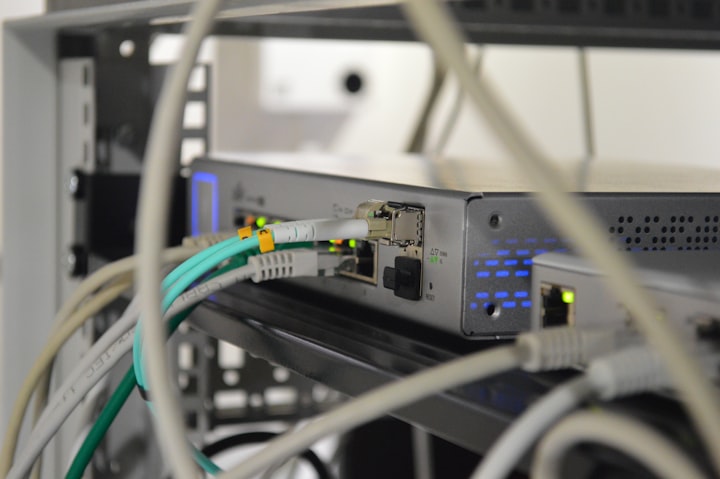Edge Computing And Its Possibilities
Benefits And Challenges Of Edge Computing

Edge computing is one of the latest additions in the development of computing models. In the beginning, there were large computers that we could only access face to face or through terminals that were an extension of the computer. As the years passed, with the invention of personal computers and laptop devices, these computing models became more distributed and sophisticated.
Eventually, along with the technological development, we came to know about cloud computing, a more centralized service accessible anywhere from the world, using the internet.
However, in recent years the noticeable amount of growth of IoT devices has resulted in producing unprecedented volumes of data. Also, this data volume will continue growing because 5G networks increase the number of connected mobile devices.
This rapid change in the data transmission model caused latency problems. Data transmission sometimes started to delay, for the distance between users and the data center locations. So the technology invented the next-generation computing model, called edge computing- a faster data processing solution to reduce latency levels.
Here we will discuss the advantages and disadvantages of edge computing. But before that, we need to know what edge computing is all about.
What Is Edge Computing ?
Edge computing is a distributed computing model that moves enterprise applications closer to data sources, from central data centers and clouds. Examples are IoT devices or local edge servers.
In simple words, edge computing helps run fewer processes in the cloud. Because it shifts those processes to local places, such as in IoT devices or edge servers. Thus it minimizes the amount of long distance communication between client and server, which reduces latency levels and network cost.
However, edge computing has its downsides as well. Here we will discuss some benefits and challenges of edge computing.
Benefits Of Edge Computing:
Edge computing offers some obvious benefits, which are:
Increases Speed and Reduces Latency: A significant benefit of using edge computing is reducing latency. When a device in the network requires communication with a distant remote server placed somewhere in the world, it creates a delay.
Sending all device-generated data to a centralized data center or the cloud causes bandwidth problems and latency issues. Edge computing processes and analyzes data closer to the source.
Since data is not sent to an external data center or cloud to be processed, latency becomes significantly reduced, increasing the network communication speed.
Lower Costs: Bandwidth and cloud resources cost money. Edge computing reduces the use of network bandwidth and server resources. Hence, the costs get reduced.
Security: Standard cloud architecture is centralized, but edge computing is decentralized. It can process and analyze data locally. The security devices of the local network or the service provider can also protect data. Therefore, an edge network is more secured than the cloud.
Remote Reliability: The edge devices store and process data locally and work with edge data centers to solve any sporadic connectivity issues.
Fast Scalability: Edge data centers and IoT devices can help businesses in scaling their operations and enhance performances promptly.
Challenges Of Edge Computing :
Besides its positive sides, edge computing has drawbacks also. Below are some challenges that arose in edge computing :
More Local Hardware Requirements: Edge computing requires more local hardware for fast data processing. It needs sophisticated computers that have more processing power.
Cyber Crime: Edge network requires more Smart devices, such as edge servers and IoT devices having the latest built-in computers. It can attract cybercriminals to compromise these devices.
Limitations Of Network Bandwidth: In edge computing, bandwidth limitation can be a matter of concern. Important data could be overlooked and dropped to save bandwidth. Maintaining balance is needed to deliver high performance.
Managing Backup And Data Loss Prevention: Edge network is decentralized and operates locally. It requires more monitoring and management systems to backup data to prevent data loss.
Conclusion:
After considering all factors, we can say that edge computing is a feasible solution for future enterprise operations.
About the Creator
Kuntal Chakraborty
" A writer paints his mind by words to reform the nation "
I'm an author and Technical writer who likes to write content about motivation, technology and web entrepreneurship.
Follow me on my website: https://philarity.com
Thanks to visit.






Comments
There are no comments for this story
Be the first to respond and start the conversation.